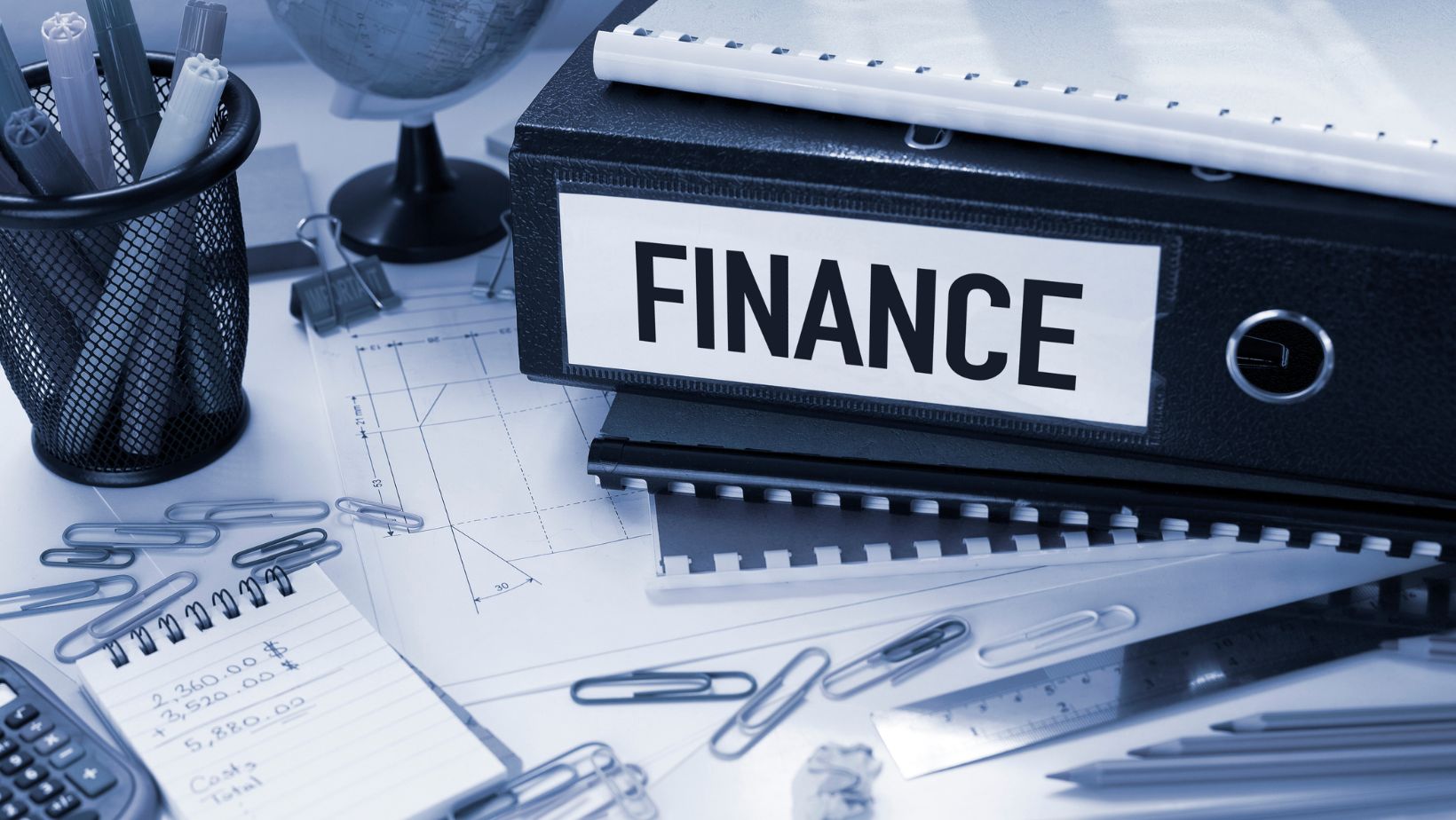
If you’re looking for ways to improve efficiency and keep farm operations running smoothly, you’ll need to procure quality equipment. But how can you acquire those types of machinery if you’re tight on budget? Having access to financing, of course!
It is important to weigh several factors that can impact both short-term affordability and long-term business growth before committing to a financing option.
Assessing Your Business’s Financial Needs
Upgrading farm machinery can be a game-changer, but jumping into agricultural equipment finance without a clear plan can lead to financial strain.
- Start by listing the essential equipment needed to improve efficiency and productivity;
- Next, review your cash flow to determine if repayments will fit comfortably within your budget;
- If buying outright isn’t feasible, compare financing options to see if they align with long-term goals and
- Consider whether the investment will boost revenue enough to cover loan repayments while running operations smoothly.
A well-thought-out plan prevents unnecessary debt and ensures sustainable growth.
Weighing the Benefits of Transparent and Cost-Effective Financing
Do you agree with us that when it comes to business finance and loans, not all lenders provide the same degree of transparency? That’s just one of the sad truths in the industry, right? Others have unstated costs that mount up over time, making repayments more costly than anticipated.
To save money, look for solutions that don’t charge annual or account-keeping fees. Fixed interest rates can make budgeting simpler and avoid unpleasant surprises later.

Furthermore, by evaluating lenders based on total costs rather than solely on monthly repayments, it is possible to make more informed financial decisions. In addition, selecting a lender that emphasises cost-effective solutions can assist in maintaining the profitability of agricultural operations while simultaneously investing in critical equipment.
Understanding Loan Terms and Repayment Structures
Choosing the proper finance option entails going beyond interest rates. Loan terms vary, so it’s critical to investigate repayment schedules and early payout choices. Some lenders allow fully amortised repayments, while others require balloon payments at the end of the period. Fixed interest rates provide stability, but variable rates might offer savings in the long run. Responsible borrowing habits help businesses avoid financial stress, so understanding how repayments fit into cash flow is crucial. Before signing anything, carefully review all terms to ensure they support long-term business goals.
Prioritising Speed and Efficiency in the Loan Process
Delays in finance can hold down business expansion, especially when new equipment is urgently needed. A simplified loan application procedure minimises downtime and maintains operational continuity. Approvals might be accelerated by preparing financial documentation ahead of time.

Some lenders handle applications more quickly than others, so checking response times is worthwhile. Working with a broker can make the process easier by linking firms with the right lenders. The sooner funding is authorised, the faster the equipment can be used, increasing production and profitability.
Evaluating the Impact on Business Growth and Operations
Equipment financing should support long-term business growth rather than just meeting immediate demands. A well-structured loan can enable future renovations, improve cash flow management, and correspond with long-term financial objectives.
Enjoy the transparency of farm machinery finance with no annual or account-keeping fees in Australia with Metro Finance.







